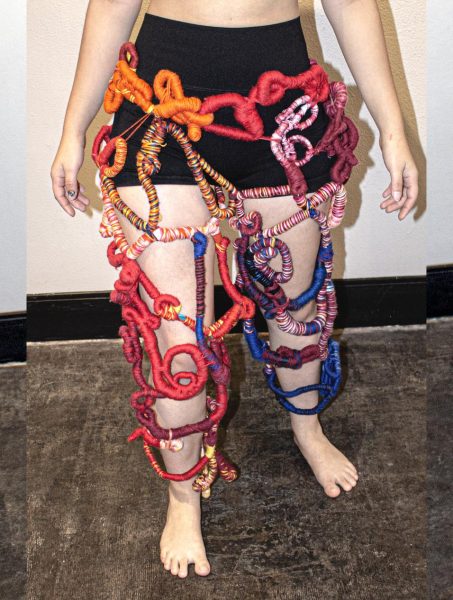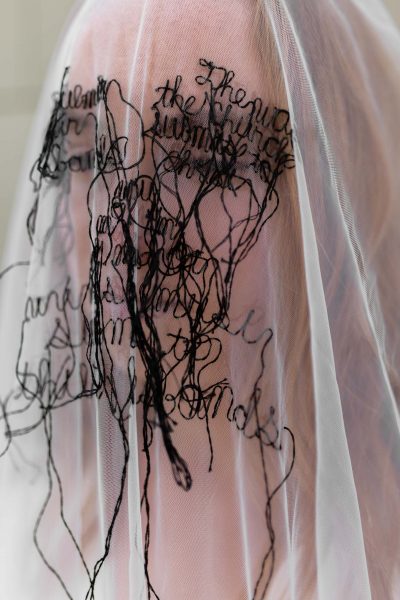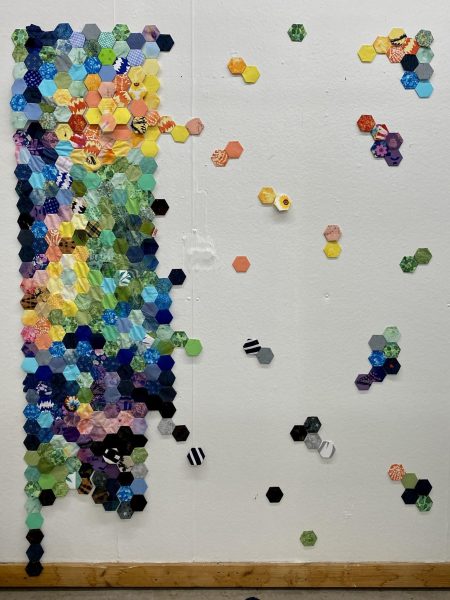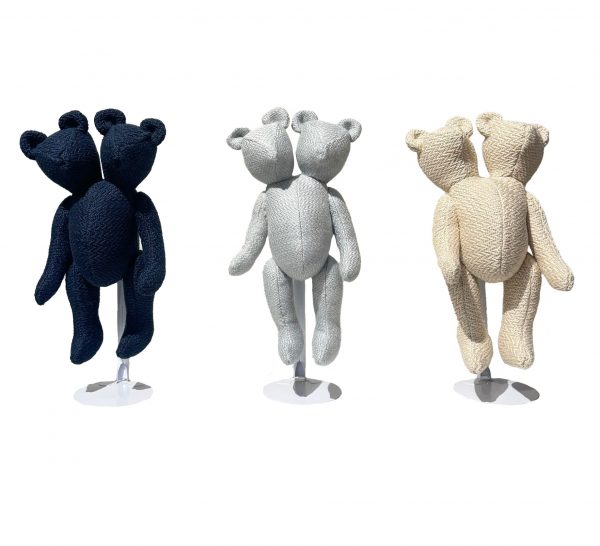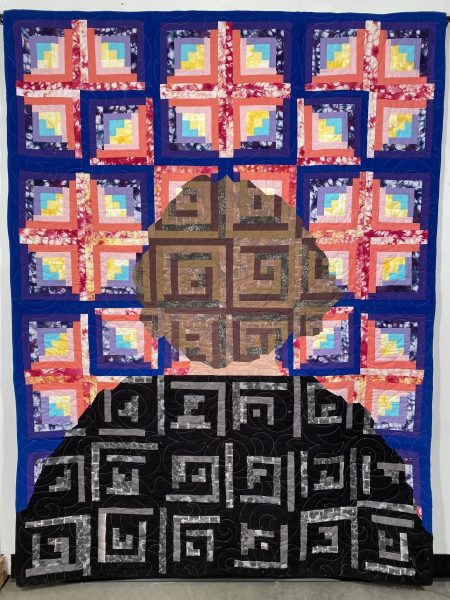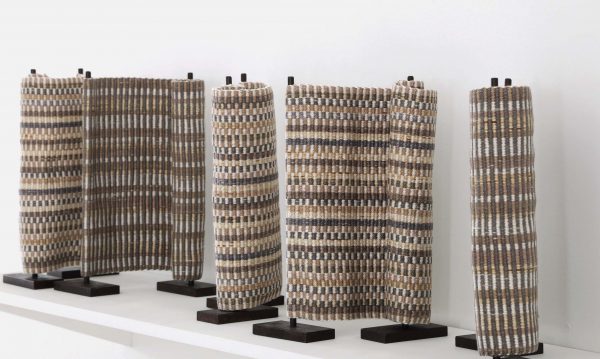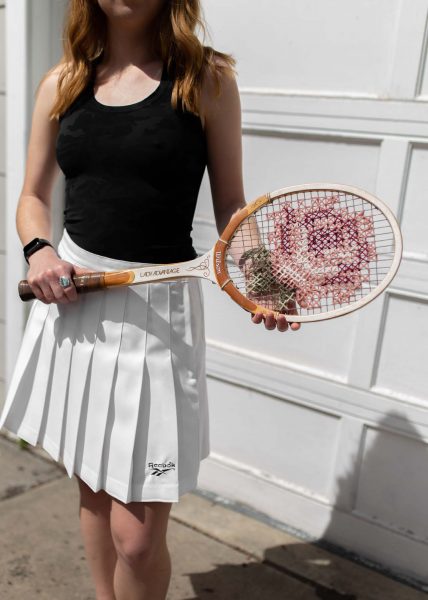Fibers

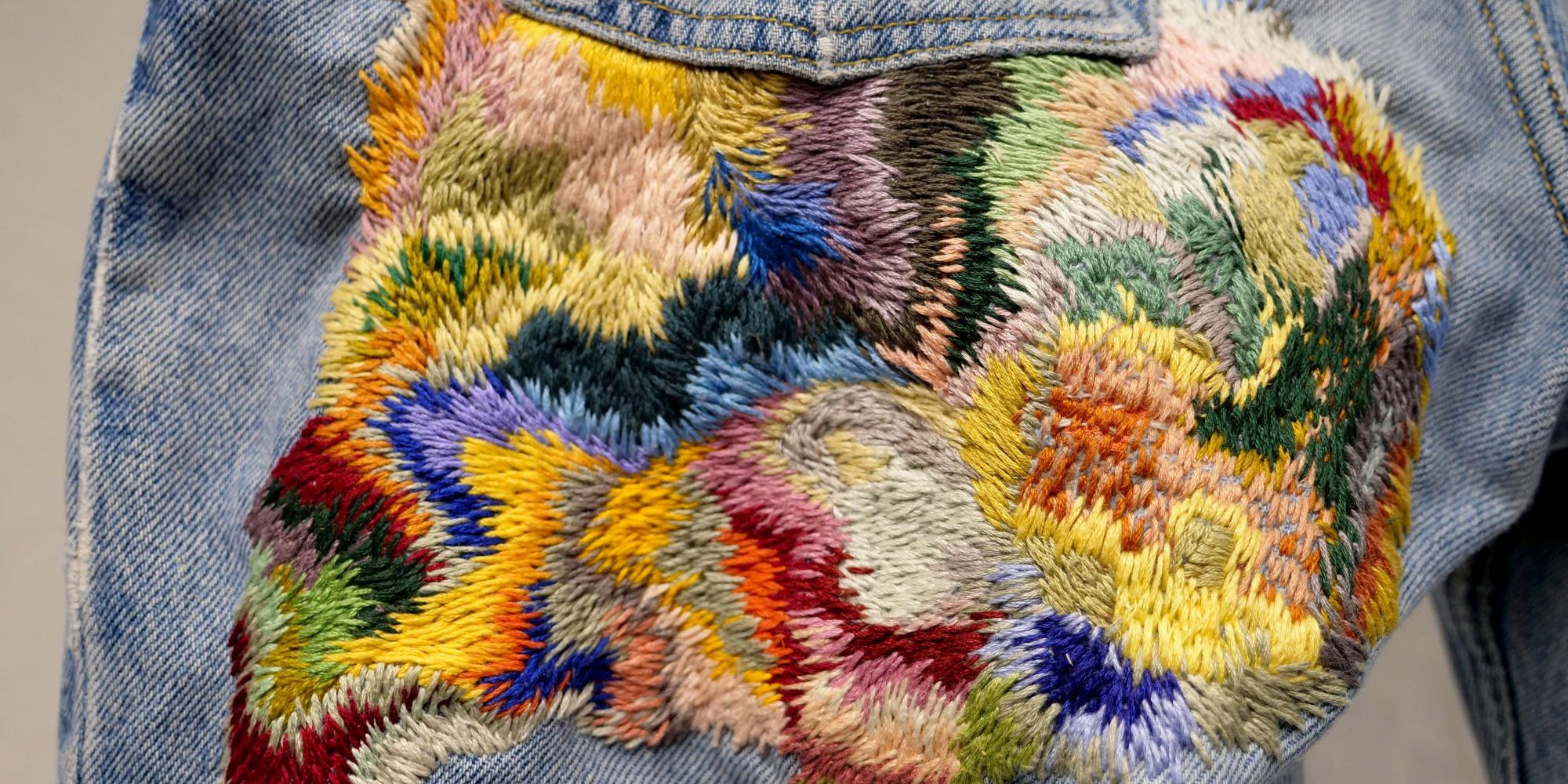
Find your internal compass as an artist, maker, and global citizen.
Who We Are
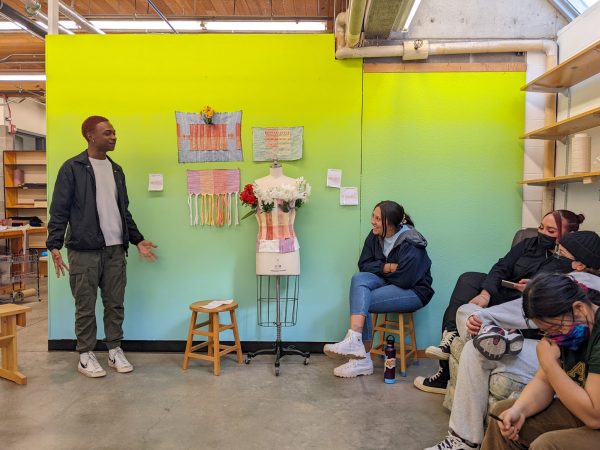
The medium of fiber holds a rich variety of techniques, materials, and expressive possibilities. As a student in the Fibers concentration, you will explore a wide array of skills and materials, develop skills in visual communication, and study fiber media within the fields of contemporary art and design. Your technical investigations and your engagement with the language and theories of textiles will help you to find your passion as an artist, maker, and researcher. Learn how fibers have shaped and responded to our world with deep connections to human history, commerce, and domestic life. Investigate the interactions of traditional fine art, craft, and digital technologies. Our program encourages expansive, interdisciplinary, self-driven study for imaginative and globally-minded students.
Student Work
In our region, there is a rich textile culture with unique resources that offer access to opportunities for networking and employment. Northern Colorado is home to a robust textile community with special interest groups and entrepreneurs. Our students frequently participate in special events, conferences, internships, and community-outreach programs. The Lincoln Center in Old Town Fort Collins has ties to the fibers community and regularly hosts textiles and fibers shows. Sixty miles away, the Denver Art Museum features textile galleries and involves our students in textile-education programs.
Our Facilities

The Fibers studio occupies 3,400 square feet of dedicated space that includes a weaving studio, fabric-printing area, and dye room. In the weaving area, our 44 floor looms support student exploration and experimentation. The well-ventilated dye room, which can also function as a dark room, is equipped to support your investigations in dyeing and screen printing. Fibers students also have access to an interior courtyard that provides ventilation for work with hot-wax methods and permits outdoor fabric dyeing and drying. A nearby conference room contains the studio library, housing 800 books on fiber and textile subjects. Our building also houses the Digital Fabrication Lab, which supports the work of all students. The nearby Gregory Allicar Museum of Art enriches our studies with changing exhibitions and its collection of non-Western textiles, beadwork, and baskets.
The Visual Arts Building has its own dedicated Digital Fabrication Lab where you can learn 3D modeling & printing, the operation of laser cutters, & the use of CNC machinery. The Nancy Richardson Design center is a short walk away & several of our faculty members serve as instructors.

The Fibers concentration enjoys a close relationship with the Department of Design and Merchandising, housed in the Nancy Richardson Design Center, next door to the Visual Arts Building. We encourage our students to take advantage of the tools, technology, and coursework in Design and Merchandising. The Avenir Museum of Design and Merchandising houses more than 20,000 costumes, textiles, and interior and global artifacts; students have the opportunity for hands-on work in the collection. The museum hosts special programs and welcomes students to explore the resources of its reading room.

The Morgan Library supports scholarship in art, textiles, fashion, and design and, in 2014, received a donation of the archives of Fiberarts magazine from the publisher. Fiberarts was the world’s leading textile-art magazine for more than 30 years. Students have access to the archive of magazines, correspondence, and images, which provide a vivid context for the rich traditions they continue and expand in their study of fiber media.
Our Faculty
-
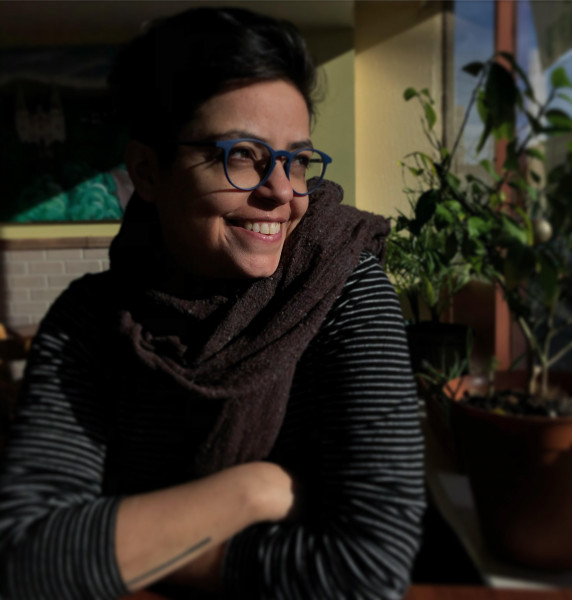
Elnaz Javani
- Assistant Professor of Fibers
- Graduate Advisor for Fibers
-

Kristen Bukowski
- Instructor
